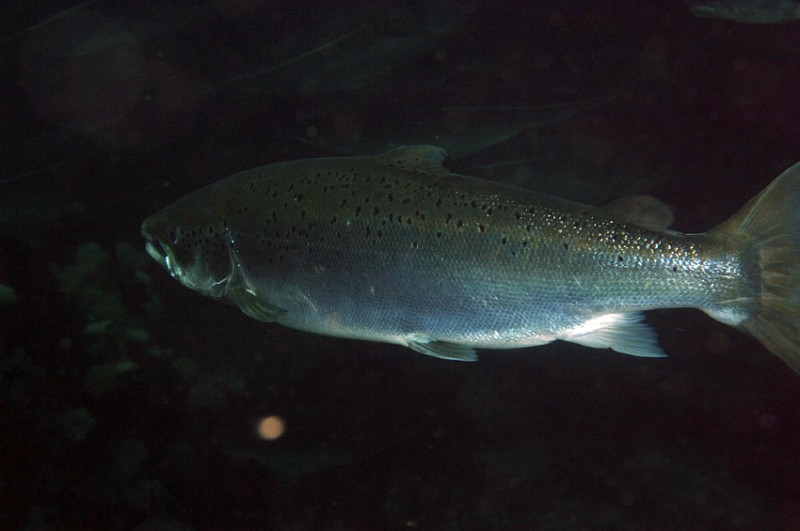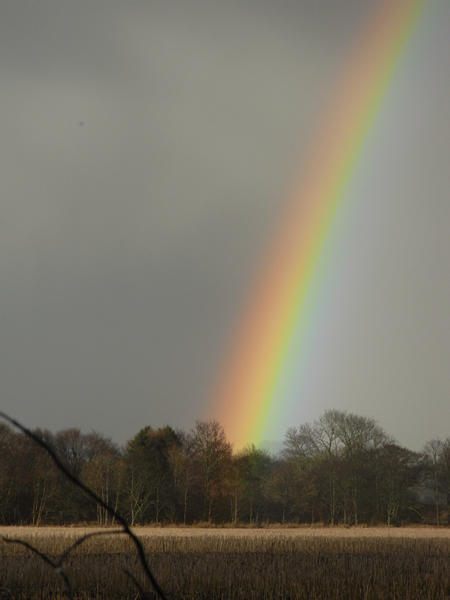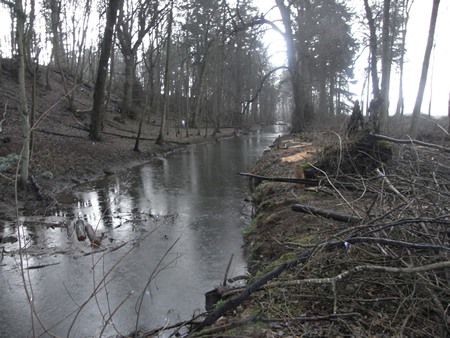These bulletin blogs represent news about Finavon and the South Esk, and my views as a riparian owner. They are not the views of any other organisation, nor are they designed to promote the interests of any individual or organisation other than Finavon Castle Water and factors affecting the fishery. Tony Andrews
Last week the Marine Scotland team tagged a further 8 salmon, all hand-picked by MSS scientists in the boat with the Usan Fisheries netting crew. To date 39 spring salmon have been tagged and good numbers seen. No fish of under 60cms in length (tip of the nose to middle of the tail fork) has been tagged. Tagged fish are all 70cms or more in length. Some are 2SW and some 3SW.
Of the 39 salmon so far tagged, seven have entered the river and been tracked as far as the Kinnaird dyke. It is possible that some fish may have crossed the dyke and are hunkered down in the stretch between there and the next receiver upstream, which is quite a way upriver, close to Brechin. One fish was recorded by the Kinnaird receiver and has since dropped back, to be recorded for a second time by the receiver at Bridge of Dun. It is not known whether this fish has headed back out to sea.
No fish have been recorded in Dee, Tay or North Esk, where receivers lie in wait to track them, should they choose to enter those rivers. With salmon so far tracked only into the South Esk (including our ‘Hamlet’ fish, which doesn’t seem to be quite sure where it is going!) we are at present not looking at a mixed stocks (multi rivers) scenario, although I am in no doubt that we will get evidence for that in due course. What we can say with certainty is that 17.9% of the spring salmon tagged from Usan nets to date have chosen to enter the South Esk. Because the river is so low it is more than likely that the other 32 tagged salmon will still be in the sea waiting the arrival of a spring freshet to ‘call’ them into the river. Of course, the longer they stay milling about in the sea, the more vulnerable to predation they will be.
If you combine the number of tagged fish with with the encouraging number of salmon being seen in the nets by MSS scientists, from which they have been able to select the best ones for tagging, it is clear that a useful spring run of 2SW and 3SW salmon exists, although we know very little about its abundance. Putting some numbers on these valuable, early running fish is our next challenge.
One final point: in my weekly chat with our scientist friends in Montrose I always ask about the condition of the fish they have seen in the Usan nets. So far all the reports have been good: spring salmon in robust condition, apparently with plenty of body fat to see them through to spawning next winter.
To summarise, we are seeing encouraging numbers of salmon, a good proportion of which may ‘belong’ to the South Esk, and they appear to be in good nick. If the water levels were higher I am in no doubt that we would already have counted a few more salmon into the River.
TA on 26/3/2012


